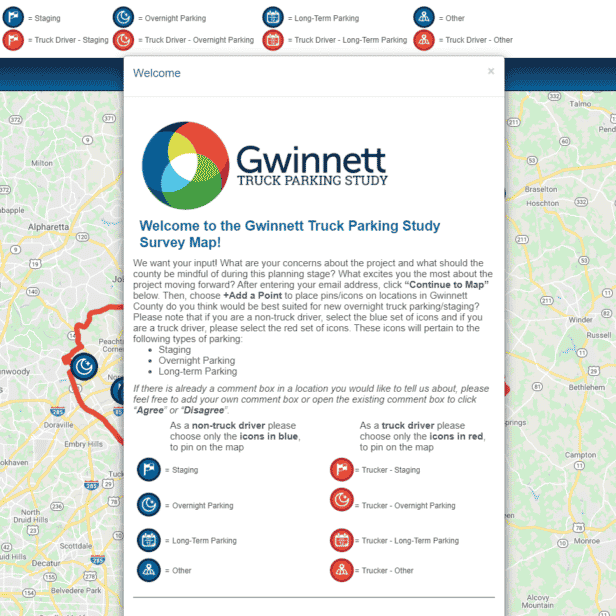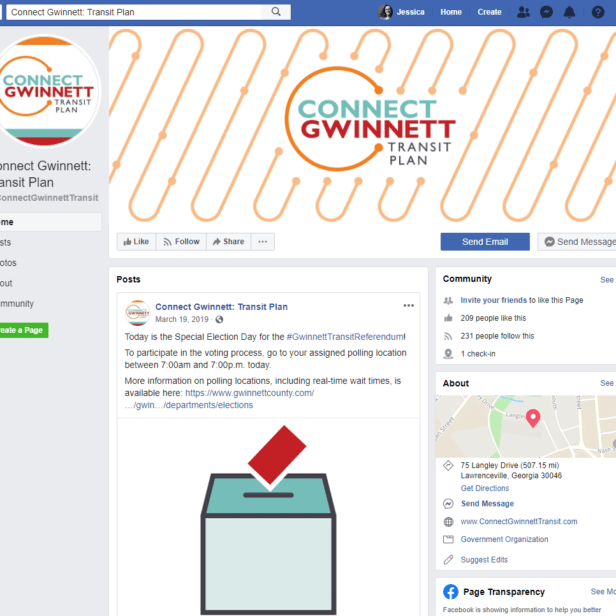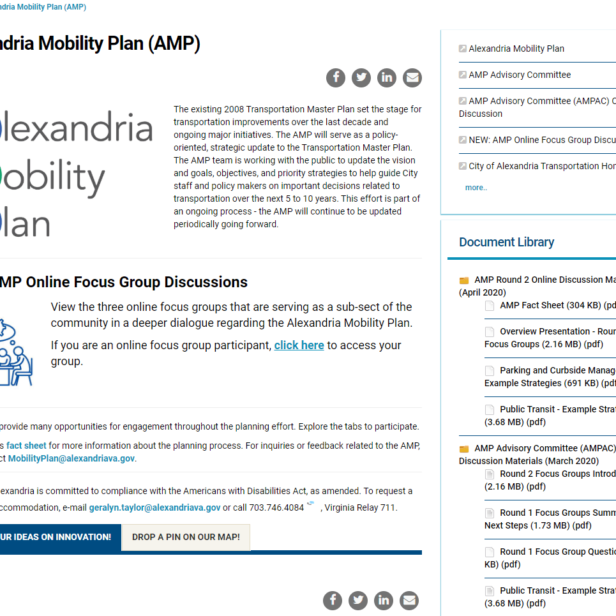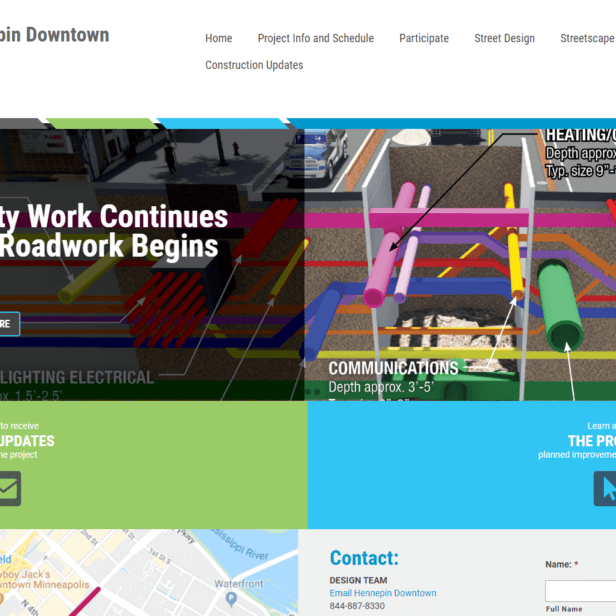- April 16, 2020
- COVID-19, Perspectives
Transitioning to Digital Public Involvement: What You Need to Know
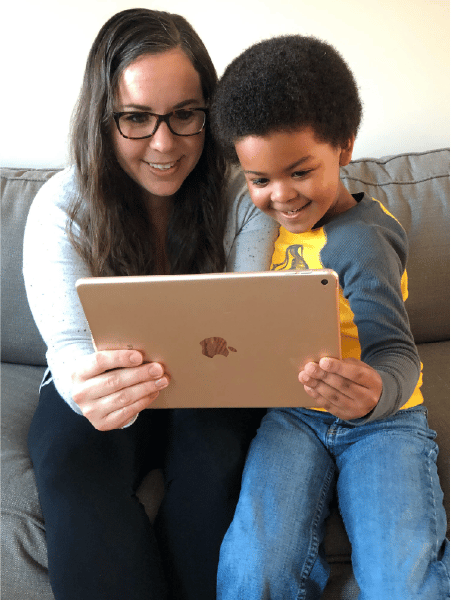
At a time when traditional, in-person public involvement—face-to-face public meetings, workshops, open houses, community events, and focus groups—aren’t feasible, it may be a challenge to gather public input for planning and design projects. Despite this obstacle, leveraging digital tools can help you carry out effective public engagement, while connecting with your community in new and innovative ways. If you determine your project needs public input to stay on track, your next step is to determine the tools and techniques best suited for your organization’s objectives. While there is no one perfect digital solution, the tips below will help you identify the appropriate tools, resources, and outreach method for your project.
Going Digital: What to Consider
Before beginning digital public involvement, consider the questions below.
- Are there other projects that depend on this project maintaining its original project schedule?
- Do public involvement activities need to take place when originally planned for the project to stay on track? Consider if project funding requires a strict schedule.
- Is it mission-critical for the public to provide input? Consider if there will be legal ramifications or community pushback if the project doesn’t include public involvement.
- Can public involvement be conducted in a sensitive manner at this time?
Defining the Objective: Inform, Consult, and/or Collaborate
If you’ve decided to involve the public, your next step is to define your objective and any specific information needs. What are you hoping to achieve? Do you want to:
- Inform – Share information about the project, options, and potential outcomes?
- Consult – Seek input or feedback from the public on existing conditions, analysis, alternatives, or final recommendations?
- Collaborate – Engage the public in the decision-making process including the development of alternatives and solutions?
Leveraging Existing Resources: Take Stock of What You Have
Many methods you already use to communicate can be modified for digital public involvement. If you use any of the following, consider how they might benefit you in new ways:
- Project-specific or organization websites
- Community newsletters or websites
- Radio ads, interviews, and announcements
- One-on-one stakeholder phone interviews
- Local podcasts
- Mailers
- Community signage
- Social media
- Office hours (conversations with the project team via phone)
- Online public involvement platforms
- Online survey tools
- Interactive websites or maps
- Live-streamed town halls, interviews, chats, video conference calls, etc.
- On-demand webinars
Getting Started: Best Practices to Consider
Before you fully transition to digital public involvement, consider a few best practices.
- Timing – Vary your approach based on whether this is your first touchpoint with the community or a continuation of an established relationship.
- Changing the format – Be thorough and proactive in your communication with stakeholders or the public about your transition.
- Messaging – Keep your message sensitive and simplified.
- Creating content – Do the work upfront to develop a process for creating content and managing assets to keep things running smoothly.
- Moderating the conversation – Create a detailed plan for monitoring comments and activity on open forums like social media accounts before going live. Engage representative voices including stakeholders and community champions to help make this process easier.
- Maximizing access – Implement accommodations such as translations and/or 508 compliance, and have alternatives in place for underrepresented communities, including those without access to digital resources.
Download Our Digital Public Involvement Resource
Every project’s process is different, so you should be thoughtful about the tools and strategies you use. While you could easily replace a scheduled workshop with a Facebook Live meeting or an online survey, or hold a steering committee meeting as a webinar, it is essential to match your desired outcome to the right digital solution.
Kimley-Horn regularly uses digital tools, platforms, and strategies as part of our community engagement efforts, and we are fortunate to leverage this expertise now to keep projects on track during an unprecedented time. Public involvement specialists across Kimley-Horn have developed a resource to help you identify the best digital tool for a variety of needs and purposes.
We’re ready to support our clients by implementing innovative approaches to public involvement. For questions or support selecting the appropriate tool, resource, or methodology for your project, please contact your Kimley-Horn partner or email [email protected].

